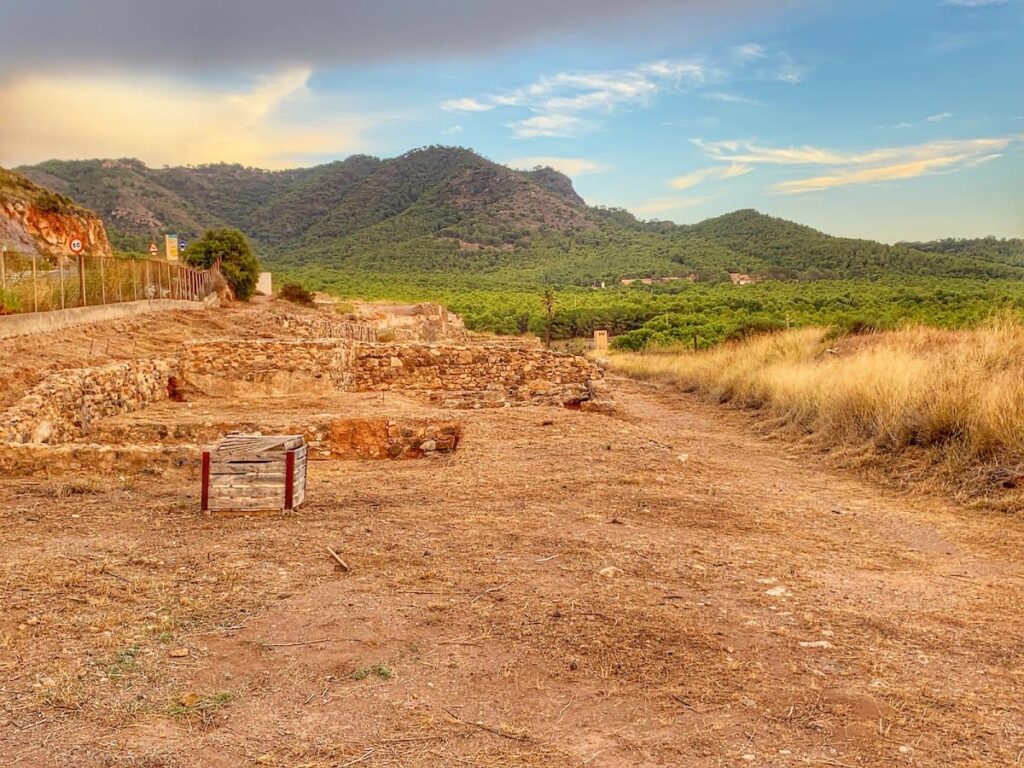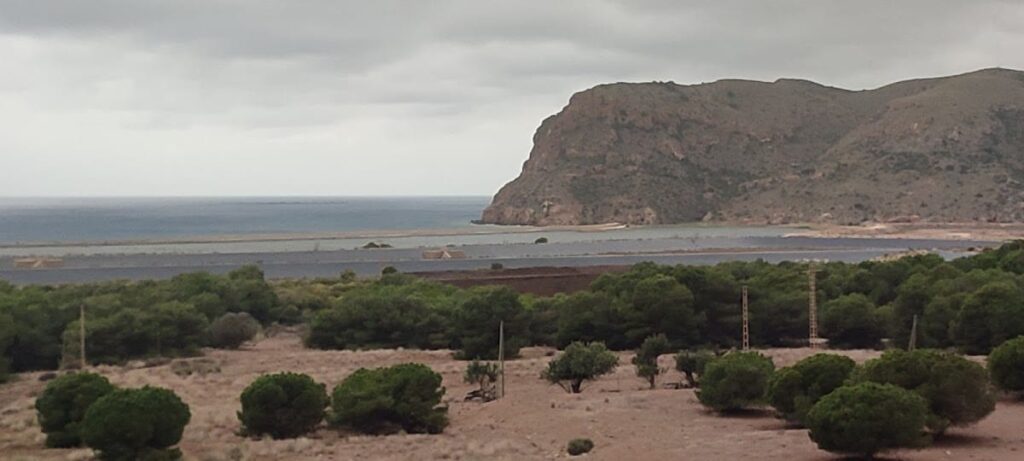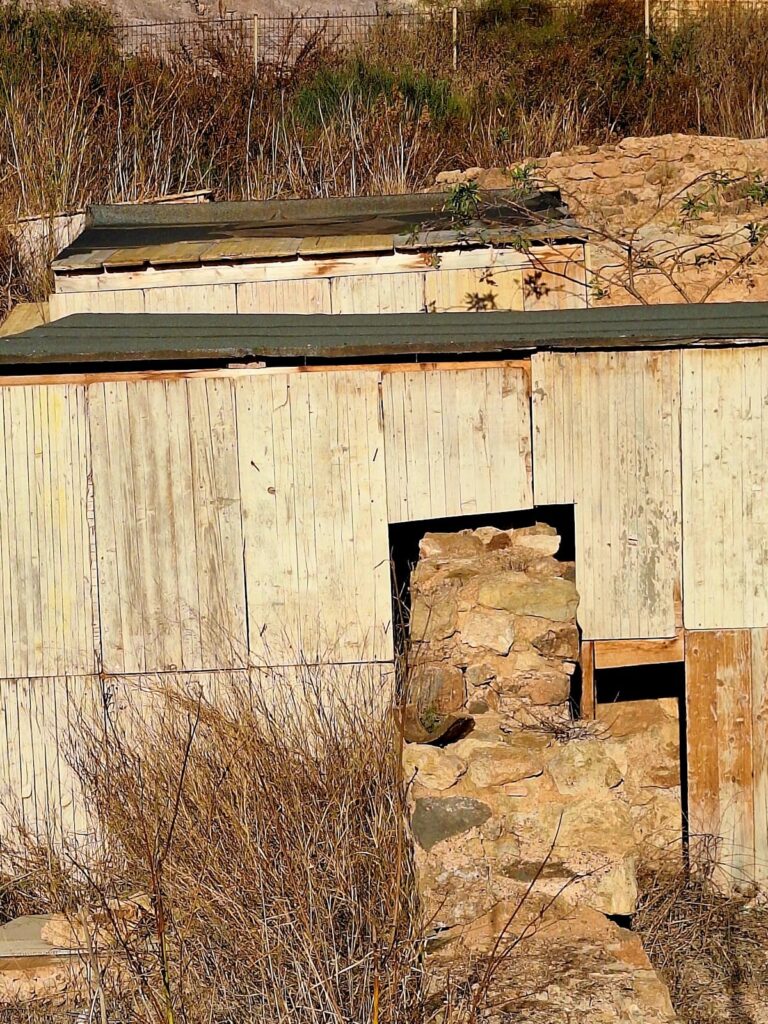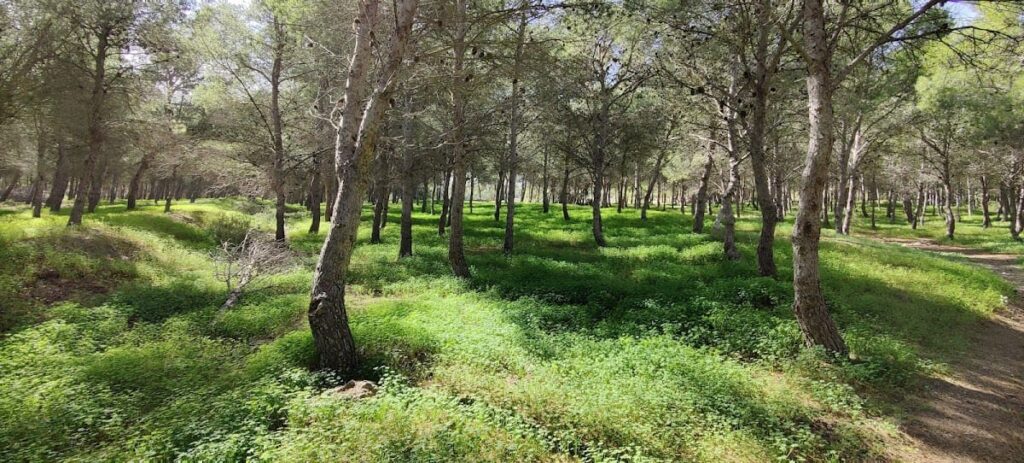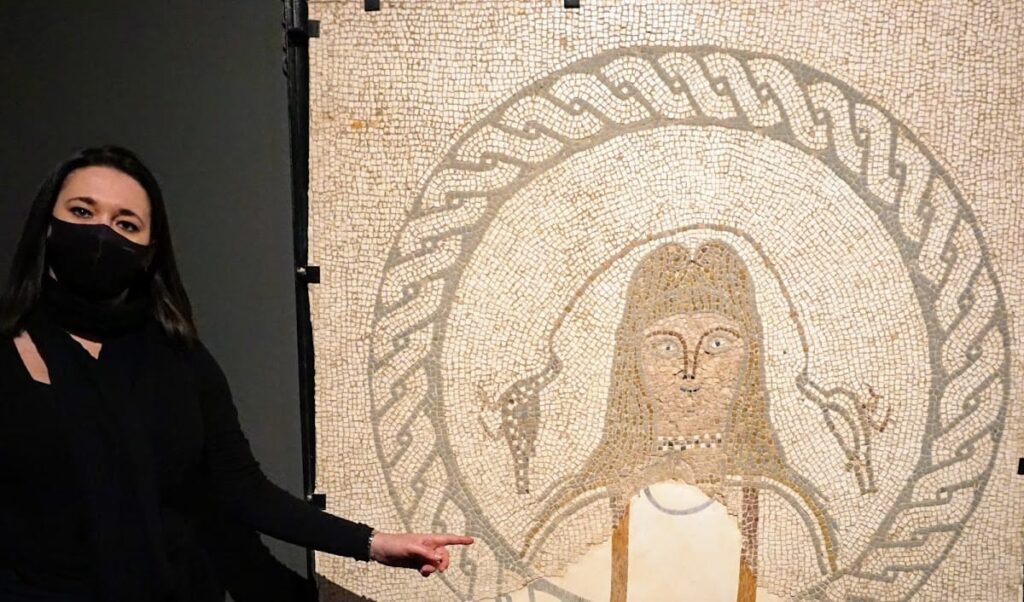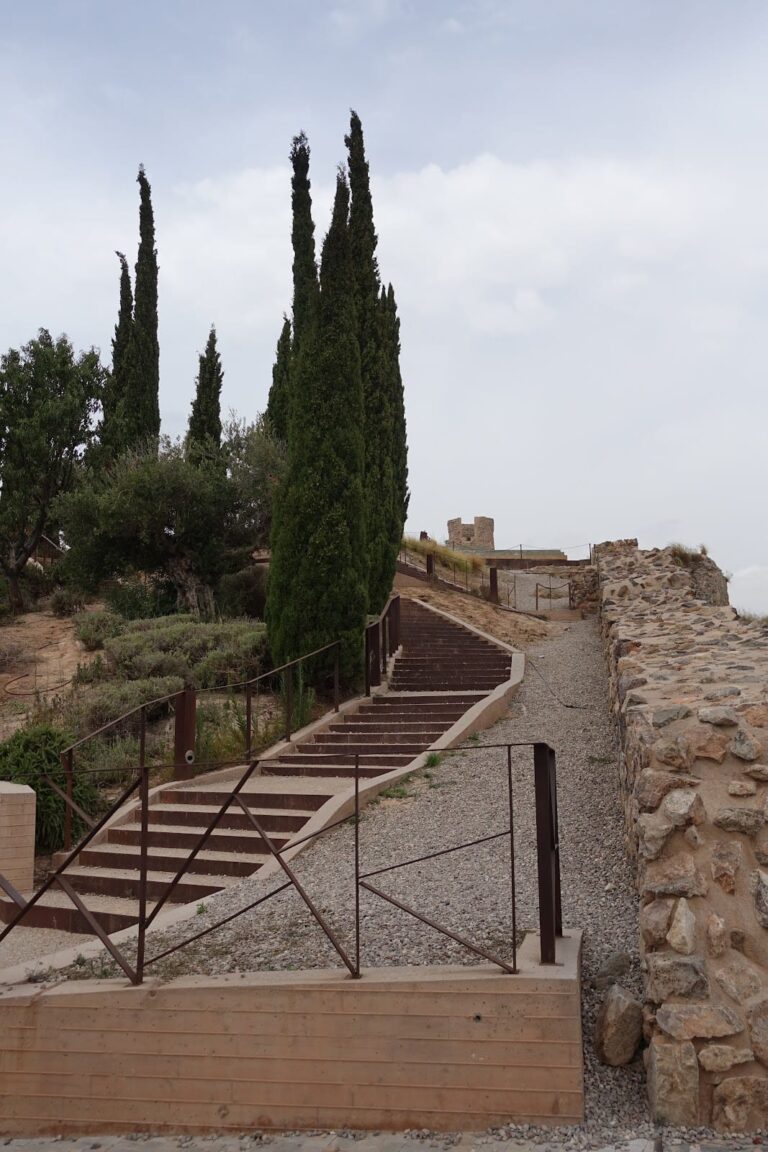Roman Villa of Paturro: A Roman Estate in Southeastern Spain
Visitor Information
Google Rating: 4.2
Popularity: Very Low
Google Maps: View on Google Maps
Country: Spain
Civilization: Roman
Remains: Domestic
History
The Roman Villa of Paturro is situated near Portmán, within the municipality of Cartagena in the Murcia province of southeastern Spain. This large estate was constructed by the Romans, who settled in the region during the Republican period and later under the Roman Empire. The villa’s location in the Sierra Minera mountain range placed it close to the ancient mining center of Carthago Nova, now Cartagena.
The earliest phase of the villa dates back to the late Republican era, when the site was primarily linked to the extraction and processing of valuable metals such as silver and lead from nearby mines. This period reflects the economic importance of mining activities in the region, which supported Roman expansion and wealth accumulation. The villa functioned as a center for managing these mining operations and likely housed the owners or overseers involved in this industry.
In the 1st and 2nd centuries AD, the villa underwent a significant transformation. It shifted from a mining-related estate to a production site focused on manufacturing garum, a fermented fish sauce highly prized in Roman cuisine. The residential quarters were elaborately decorated during this time.
By the 3rd century AD, the villa was gradually abandoned. The reasons for this decline are not detailed in the archaeological record, but the site ceased to function as a productive estate. Over time, the villa fell into ruin, and its remains were eventually buried until rediscovered in the late 20th century.
Since its discovery in 1969, the Roman Villa of Paturro has been the subject of ongoing archaeological excavations. Efforts to preserve and display its findings began in the early 21st century, with a cultural project initiated in 2009 aimed at recovering and musealizing the site. The villa lies near the boundary of the Calblanque, Monte de las Cenizas, and Peña del Águila natural park, linking it to a protected natural landscape.
Remains
The Roman Villa of Paturro is organized into two main sectors: a residential area and an industrial zone. These sectors are arranged on terraced land, reflecting a planned layout that separated living spaces from production facilities. The construction techniques include stone foundations and walls, with decorative elements indicating a high level of craftsmanship.
The residential sector is notable for its rich decoration, including a large polychrome mosaic considered the largest known in the Murcia region. This mosaic depicts a deity alongside a peacock and is preserved today in the Archaeological Museum of La Unión. Wall paintings and painted plaster fragments have also been recovered.
Among the architectural elements found are marble pieces of various types, including a white marble head of a satyr and an Ionic capital. A mural painting illustrating a palestra scene, which refers to a wrestling or exercise area, was uncovered, along with fragments of flooring that contribute to understanding the villa’s layout.
The industrial sector was dedicated to the production of garum during the Roman Imperial period. Archaeological evidence indicates facilities adapted for fish processing, although specific structures related to this activity are less detailed in the record.
Today, the remains are partially excavated and preserved, with many decorative and architectural elements removed for conservation and display in regional museums. The site’s condition allows for ongoing study and restoration, supporting efforts to protect this important example of Roman rural architecture and industry in southeastern Spain.
